60 years of the synth: '00s and beyond
As we waved goodbye to the ’90s, the bedroom producer concept paved the way for songwriters and solo artists alike
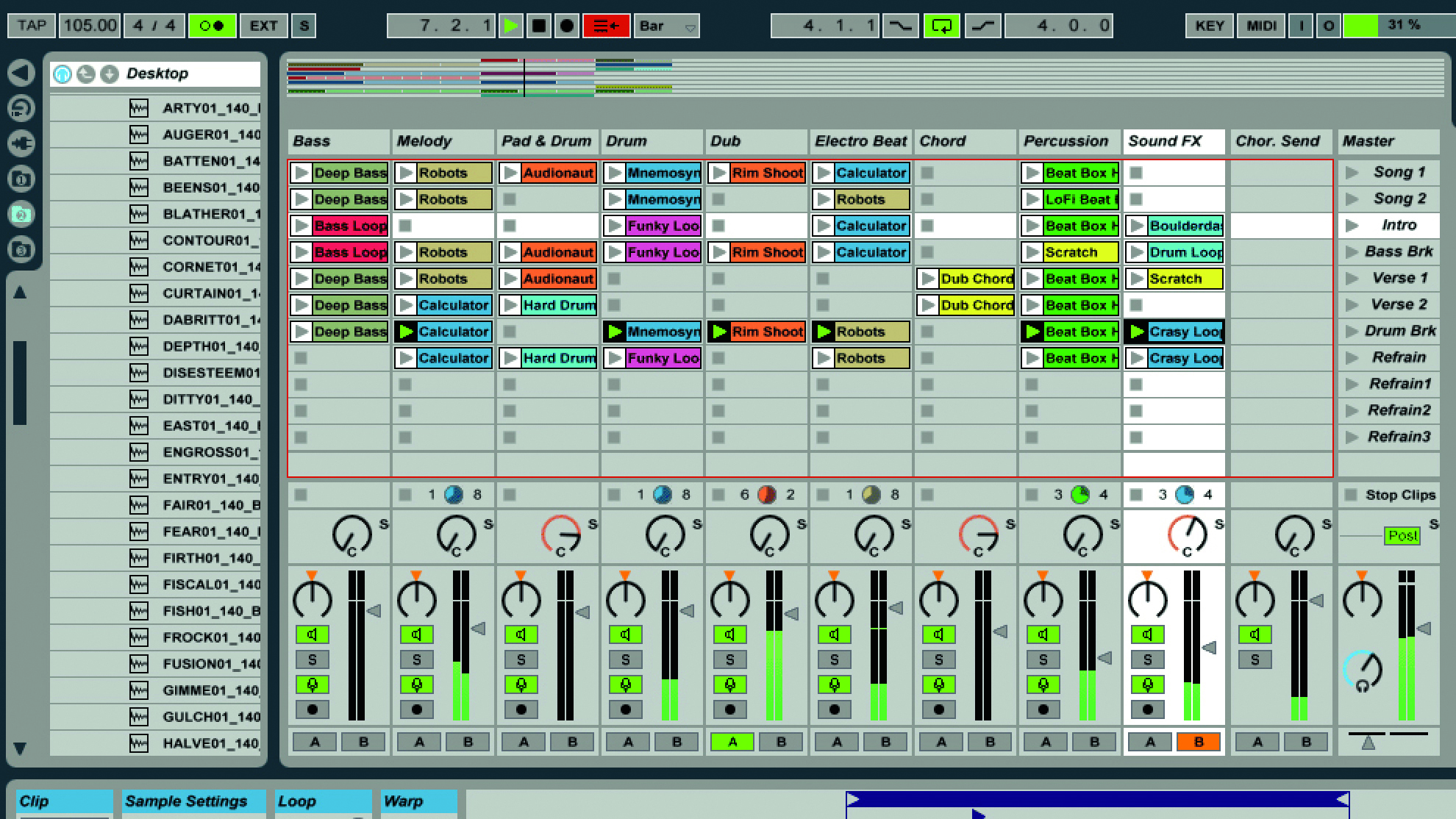
While we could regard the 1990s as the decade when the computer earned its stripes for the first time, at least in terms of music technology, what was to follow would see the computer adopt a central role for just about every element of music production: from instruments and effects, to mastering and mixing.
I'm a Mac, and I'm a PC
Since the dawn of Apple and the appearance of Microsoft Windows, the battle for computer supremacy at the start of the century was long-standing and at times, quite bitter.
The Macintosh computer had largely taken over the mantle from the Atari ST, as the predominant force for music production in the professional arena. The PC, with its varying internal architecture, meant that some users experienced problems, with reports of MIDI and audio not functioning correctly, or in some instances, not functioning at all. This played to the strength of the Apple Mac, leading to a groundbreaking music software takeover in 2002.
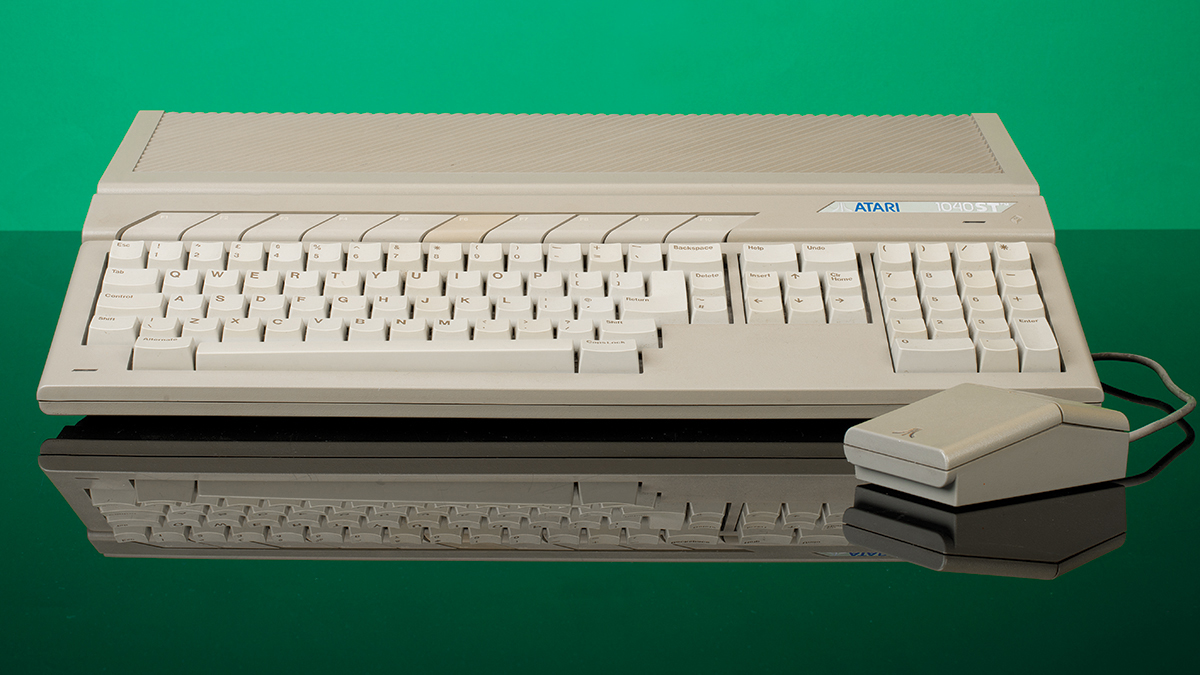
Early DAWs: the software that changed music production forever
In the early 2000s, the market for DAW (Digital Audio Workstation) software was equally divided, with two very clear market leaders; Cubase from Steinberg and Notator Logic from Emagic, formerly C-Lab. Allegiance to either package was often dictated by the style of music you were producing. Cubase had a proven track record in dance and commercial music, whereas Logic was popular with producers and people producing written scores. In reality, they both performed the same function, but with one nudging ahead of the other, with each incremental update.
In-the-box
What was about to change was the ability to run these packages at more of a domestic level. This meant purchasing a computer, with a pre-shipped ability to create a song or compose music, without the need for additional hardware. Apple were well known for being a proactive company, seeking out products to bring into the Apple fold. In 2002, this is exactly what happened to Emagic; Logic became an Apple product, with all the support and compatibility that Apple could muster.
After an initial period of uncertainty, there was speculation that Apple might produce DAW-like software to ship on all new Macs. This came to fruition in 2004, with the appearance of GarageBand. For the first time, a piece of production software shipped on every computer produced by Apple, providing knock-on enhancements for Logic as well, but all of this was only possible thanks to the improvements in the speed of the computing technology.
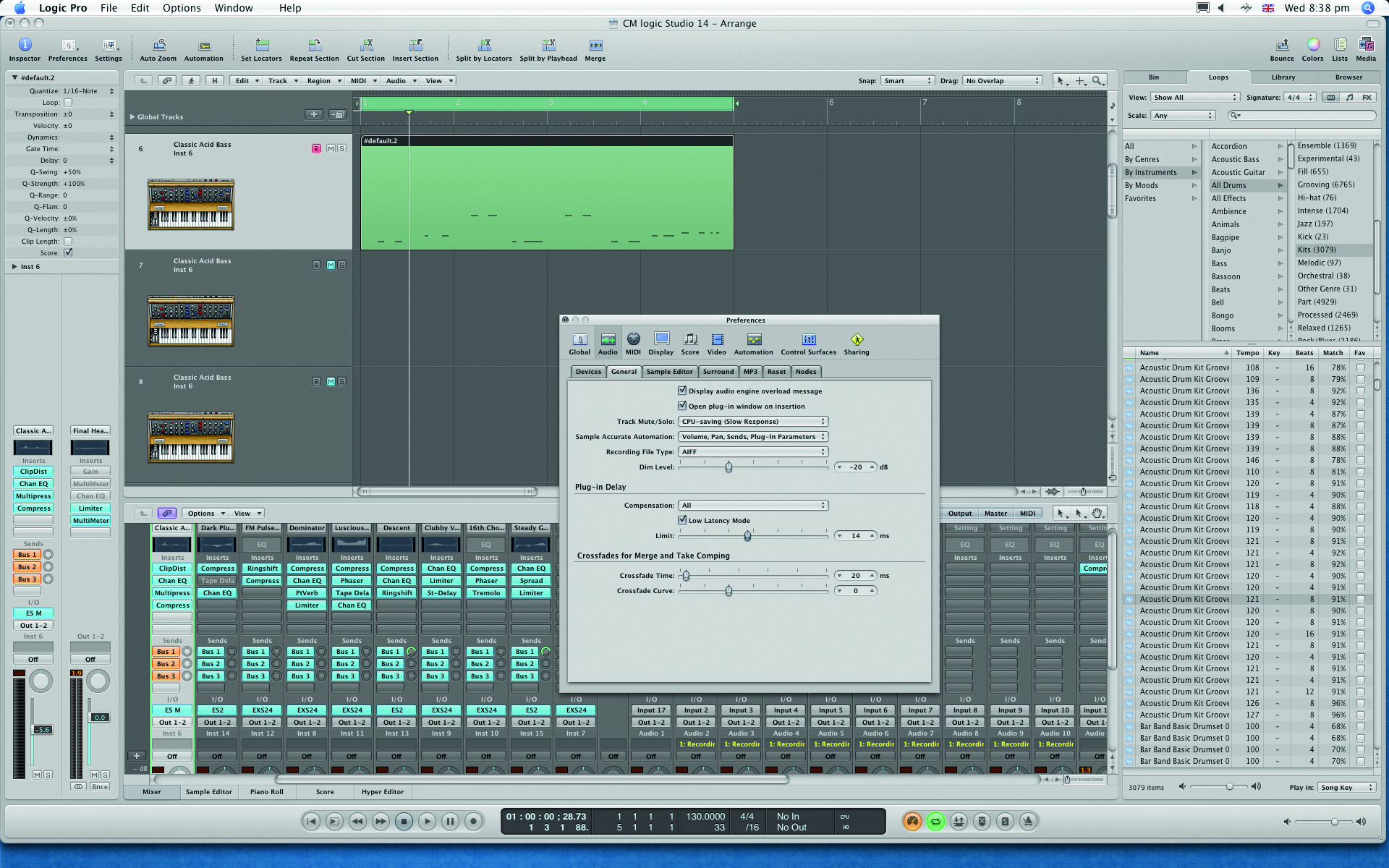
Going virtual
Other notable music software also became available during the early ’00s, one of the most prominent being Ableton Live. With its seemingly obvious credentials labelled to its branding, Live proved to be very popular with the burgeoning DJ and producer population, seeking ever more appropriate ways to work with samples and loops. Lacking a linear timeline, some were resistant to the Live way of working, which was quite different from the established principles of the time-line.
Get the MusicRadar Newsletter
Want all the hottest music and gear news, reviews, deals, features and more, direct to your inbox? Sign up here.
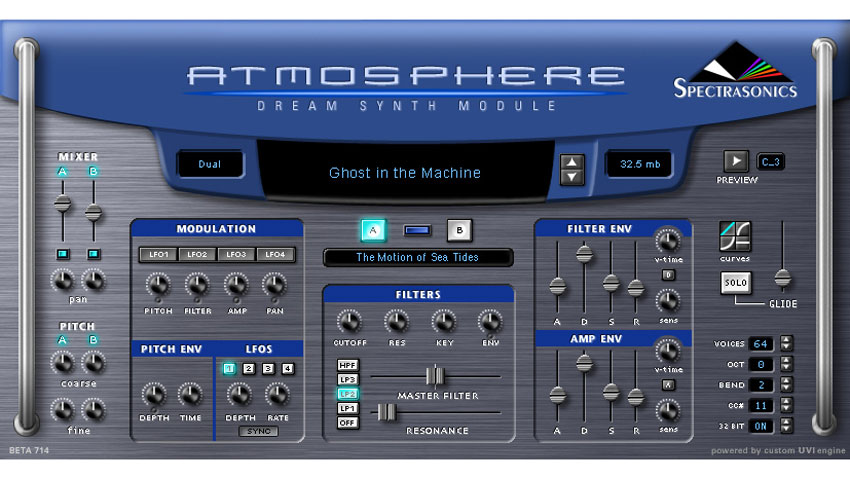
What was becoming more of a prospect was the ability to produce an entire track from within a computer, digitally. While the actual sequencing of notes was a relatively easy concept, it was the sounds and the effects themselves that often left much to be desired.
The early ’00s was the period when this would change. A number of companies grabbed hold of the virtual instrument, soft-synth and plugin concept, providing quality sounds for users, at a fraction of the price of their hardware counterparts. Spectrasonics released Stylus and Atmosphere in 2002; Stylus provided tempo-locked grooves, and lots of them, while Atmosphere was a dream synth, which would go on to mutate into the still ever-present Omnisphere, some years later.
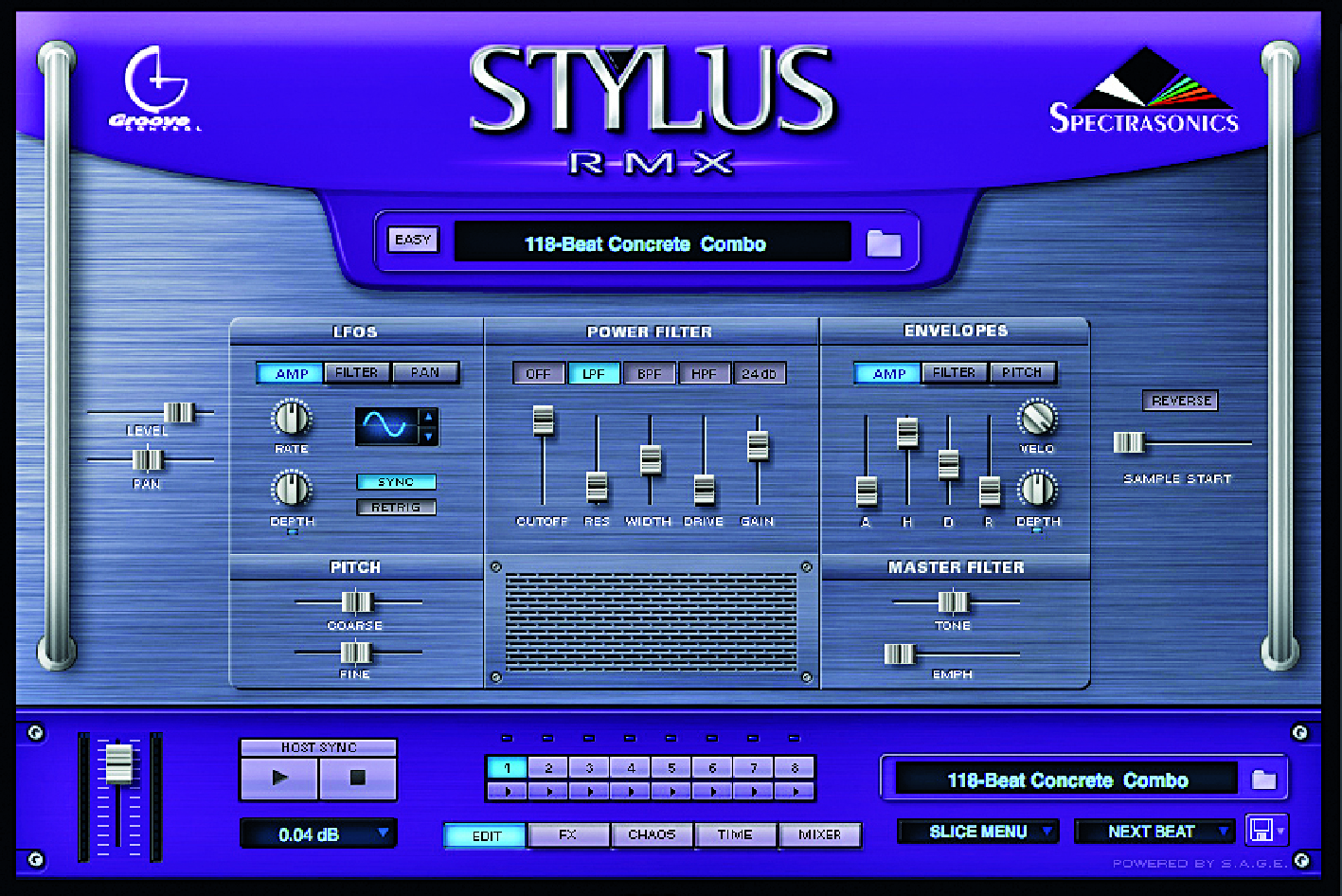
Native Instruments developed a catalogue of brilliant plugins, from acoustic and electronic instruments, through to effects. These wonderful apps morphed into a collection known as Komplete which, as the name suggests, included most of their catalogue.
Orchestral sampling
Among the vast number of technological advancements in music, over the last 20 years, one of the most outstanding accomplishments relates to Direct-from-Disk sample retrieval. When digital audio recording first made it to computer desktops, it relied upon the speed of the computer, and more importantly the speed of the hard drive being used to store the audio.
Even for regular recording and playback, multiple tracks could put a huge pull on a computer system. It therefore makes the development of this technology even more groundbreaking, with the ability to play a sample, from a keyboard or pad, no longer dependent on looping to sustain a note for a discernible length.
The most widely recognised system of the early ’00s, was GigaSampler, which was a technology acquired by Tascam in 2001. For the first time, vast libraries of instrumentation could be exploited, to recreate large ensembles like a full symphony orchestra. The effect this had on film composers was groundbreaking; there were reports of many Hollywood composers owning up to eight GigaSampler systems, in order to host an entire orchestra in the virtual domain.
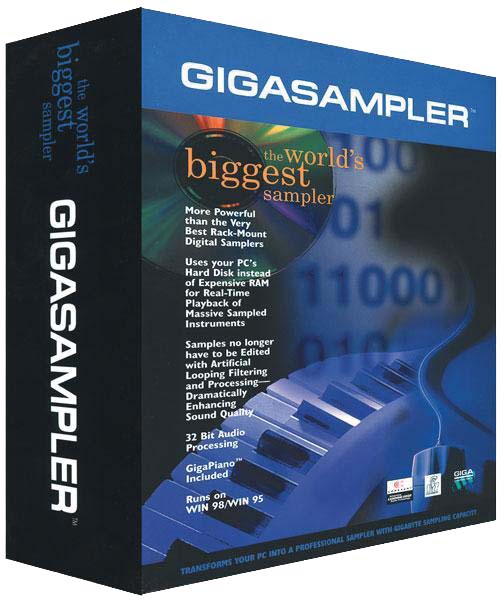
It didn’t take long for this technology to migrate to the consumer level, with companies such as VSL and Spitfire Audio releasing significant libraries, allowing the domestic composer and producer to replicate a full orchestra from their own home. GigaSampler has long gone, in favour of products such as NI Kontakt, but its legacy in development is nevertheless undeniable.
Eurorack
While much of the last 20 years of synthetic and electric dreams has been computer-based, a strange development gathered pace in the teens. Dieter Doepfer developed his modular system back in the ’90s, and while there had always been a third party acceptance and presence of this modular system, Eurorack (as it became known) garnered enormous momentum throughout the teens, with an astonishing number of third-party companies developing products for this format.
This ranged from small start-up businesses, operating out of a bedroom, to large American companies, drawing on their West Coast heritage, to bring a more chaotic, diverse signal flow to proceedings. It became something of a club, which firmly peaked towards the end of the teens.
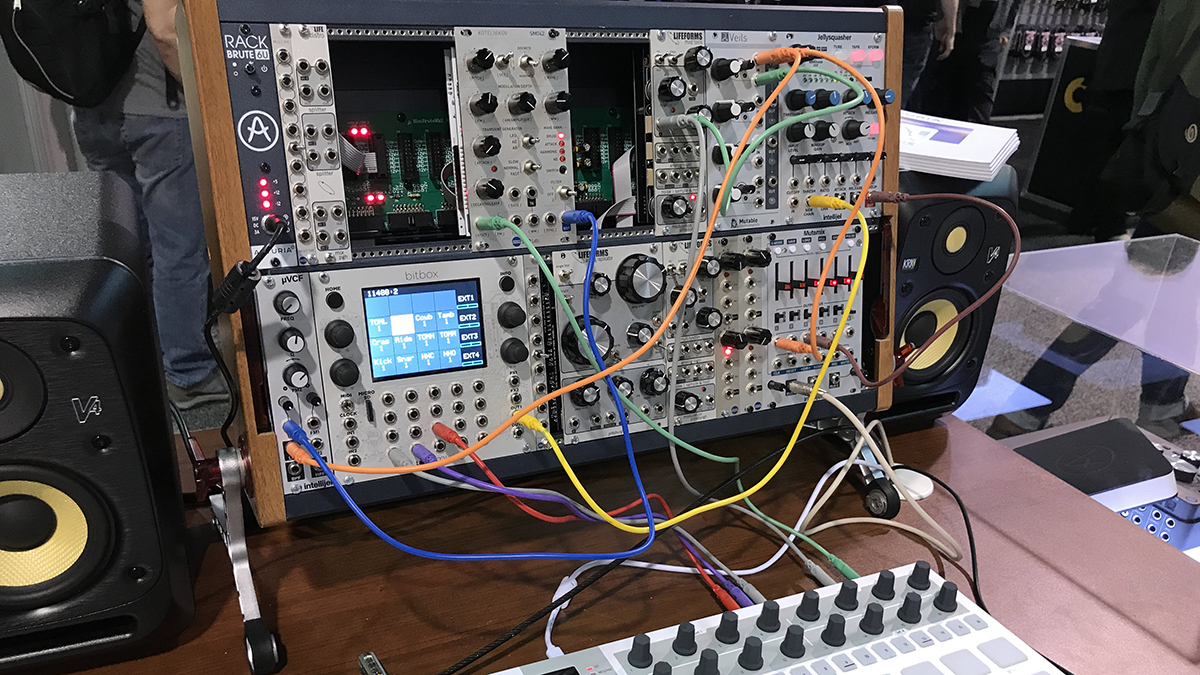
Combining modules from both the analogue and digital arenas, Eurorack lets users create complex signal flows, with the ability to modulate signals fully. This led to systems which could sometimes be quite conventional in nature, with most Eurorack die-hards creating systems which could be more abstract or with elements of random generation, including basic sequencing capabilities, to operate in either a standalone manner, or in synchronisation with a DAW.
While Eurorack enthusiasts remain, the realisation that much of what it does could be initiated on a conventional synth, led to a slight decline. Larger companies, like Roland, also dipped their toe in the Eurorack world, but have notably withdrawn recently. And of course you can do modular in software anyway. Stand up Cherry Audio, VCV Rack, Softube and more!
Hardware back!
While software was beginning to reign supreme, there was still plenty in the hardware camp. These fell into a couple of different group sets; firstly, there were the controllers. These would range from full-sized keyboards, to smaller designs to fit on a desktop, with pads and even sets of faders.
With the advent of effects plugins, so came the desire to mix on screen, rather than spending time in front of a conventional mixing desk. Where early effects plugins were sonically nothing to write home about, the last 15 years has given rise to some exceptional plugins, offering quality recreations of classics.
One such company leading this charge is Universal Audio. With a plugin shop which runs in tandem with their excellent range of audio hardware, you were able to purchase and download any number of industry classics, with most being based around vintage equipment. Of course, seeing as it was software, the pricing was far more affordable, although you could easily spend a small fortune on their wares.
The other portion of the hardware hierarchy, came from synths. Bob Moog had been through some turbulent wranglings with his company branding, which resulted in what was deemed to be the release of a Minimoog for the next century.
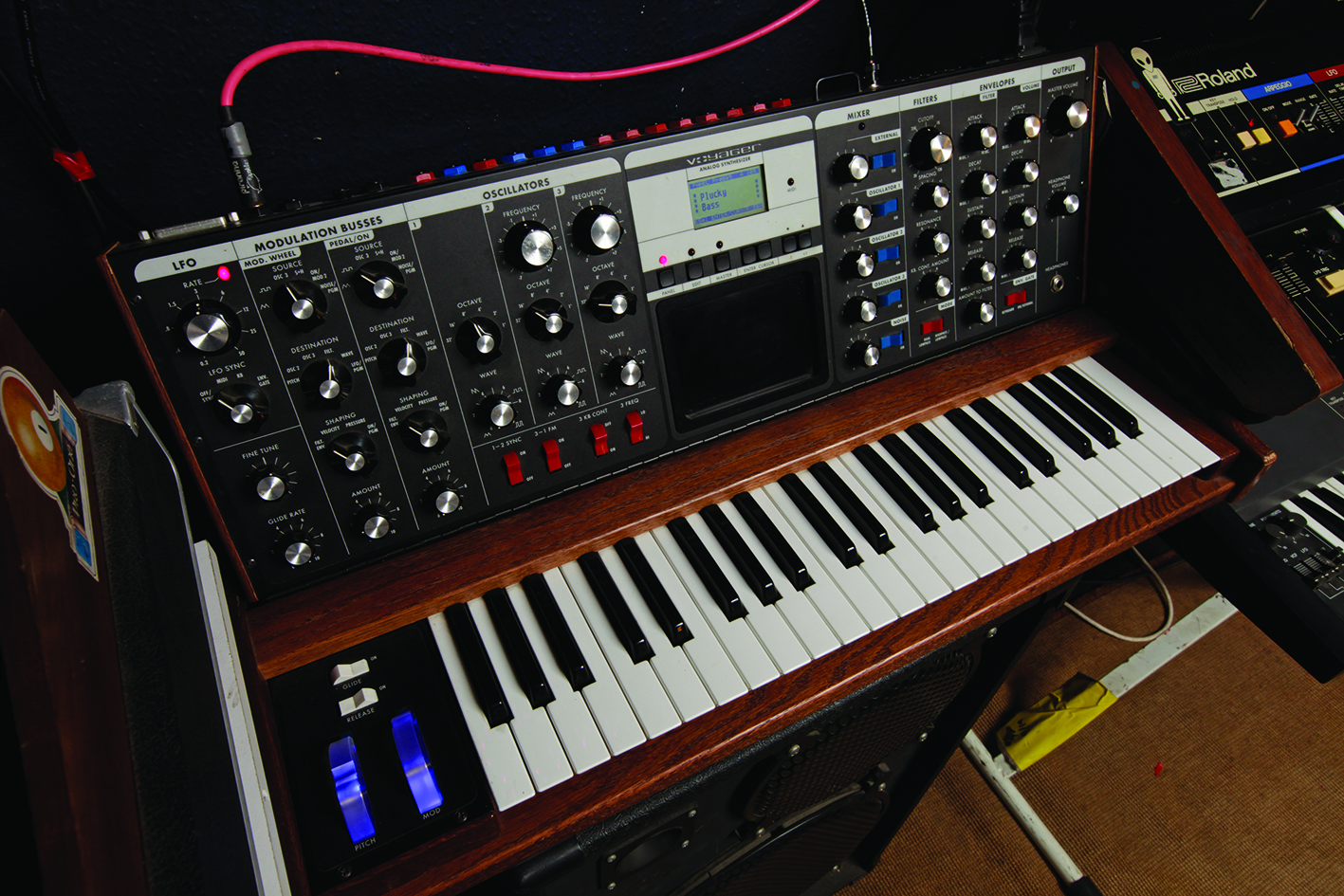
The Moog Voyager could be regarded as the first analogue release, with a hark-back to the golden era, but with the addition of many contemporary elements. Fashioned on the original Minimoog, the Voyager was an enormous hit with musicians, producers and users alike. Released in 2002, this set the tone for the next 20 years, which has certainly gathered pace more recently.
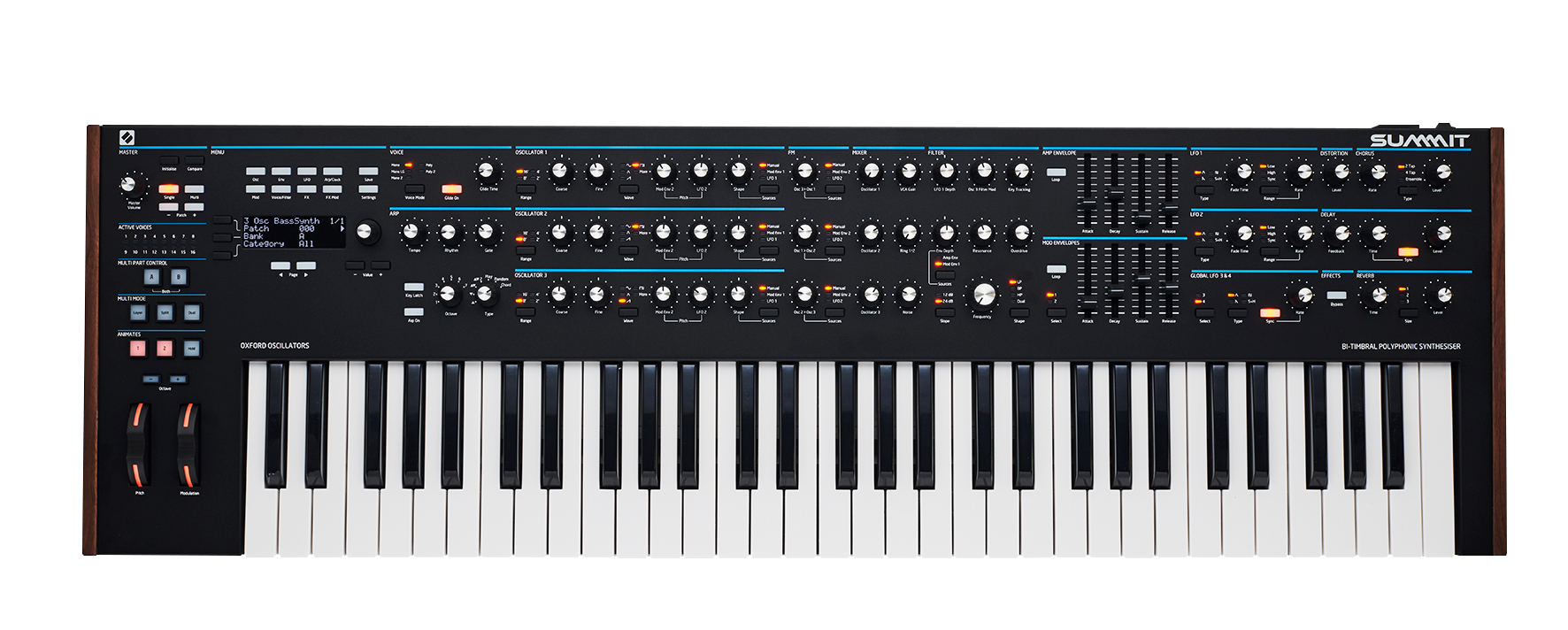
Novation revisited the Poly, with the release of the Peak and Summit synths, employing digital oscillators and analogue filtering, for a traditional concept in a modern format. As a design, it’s close to the PPG ideal of the Wave synths from the ’80s; something that Waldorf, the PPG inheritor, employed with their flagship polysynth called the Quantum. Very much a Wave synth for today, the Quantum provides various oscillator types, including the beloved Wavetable concept, with a touch screen and analogue filtering.
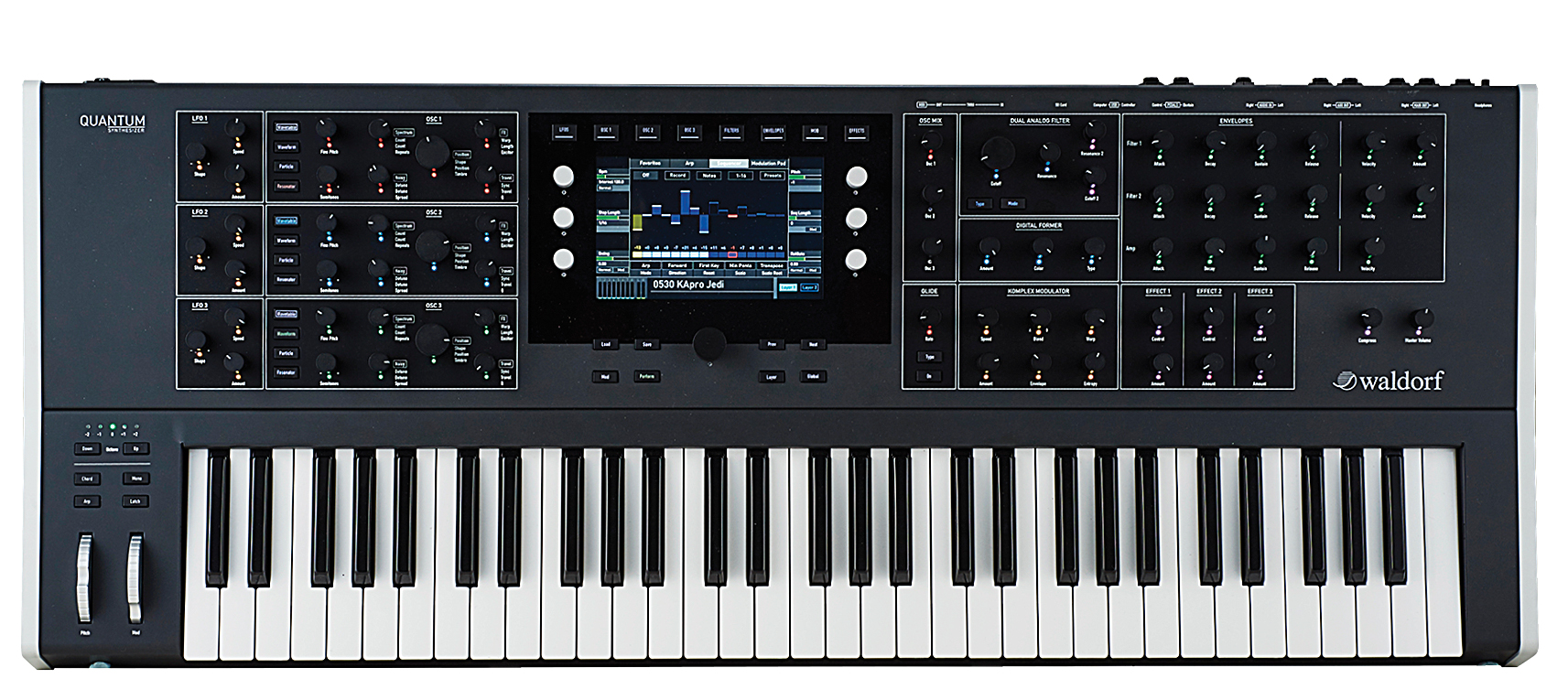
With a strange sense of history repeating itself, there is currently an insatiable lusting for vintage synthesisers, and re-releases of the classics. In recent years we have seen the return of the Sequential Prophet-5, ARP Odyssey and 2600, Korg MS-20 and the vast majority of the vintage Roland catalogue, albeit in digital form, in both software and hardware.
All in all, it’s a very exciting time to be in music production and involved with synthesisers, and we can’t wait to see what the next 60 years will bring!
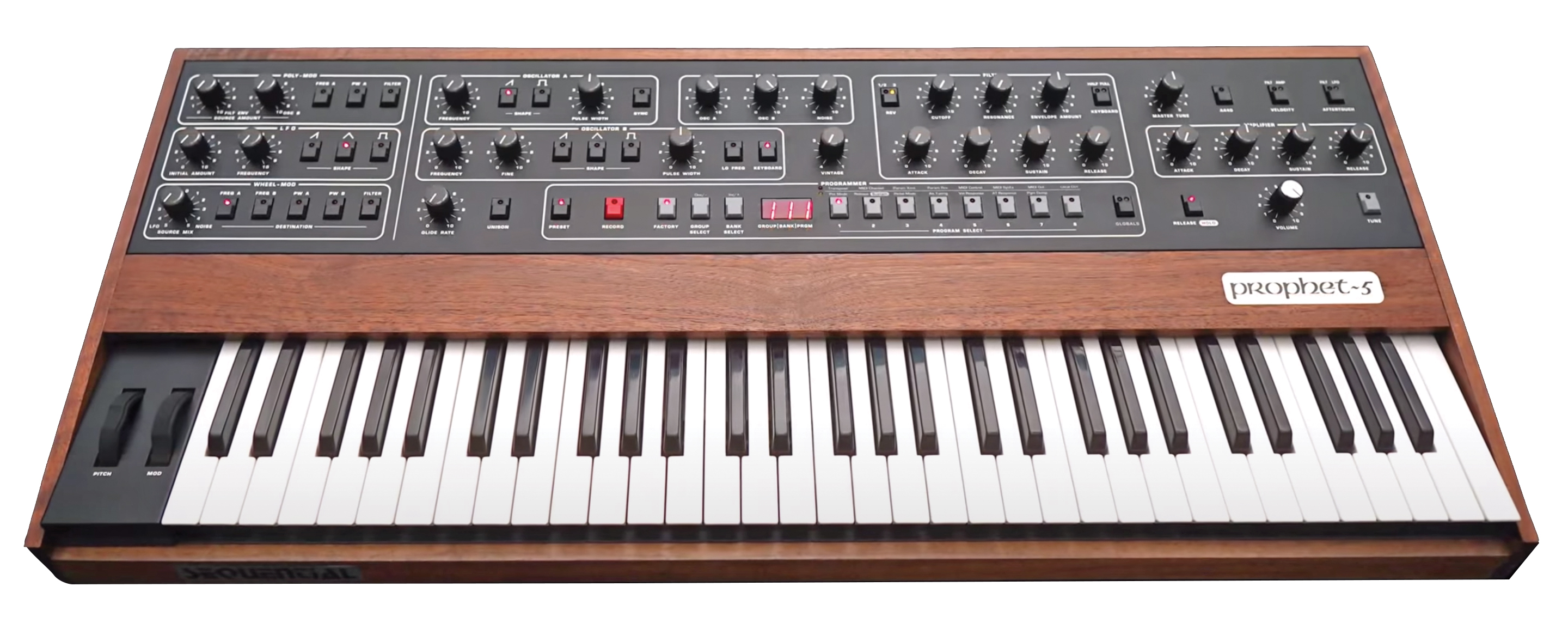


Computer Music magazine is the world’s best selling publication dedicated solely to making great music with your Mac or PC computer. Each issue it brings its lucky readers the best in cutting-edge tutorials, need-to-know, expert software reviews and even all the tools you actually need to make great music today, courtesy of our legendary CM Plugin Suite.










